How to Keep Your Dog Calm and Safe on Any Flight
Taking off with your pup might sound exciting, but flights can be stressful for dogs (and their humans, too!). Don’t panic yet; making the journey smooth, safe, and calm for your furry copilot is totally doable. Here’s the ultimate guide filled with simple, stress-busting tips and expert secrets that’ll keep tails wagging above the clouds.
Schedule a Pre-Flight Vet Visit
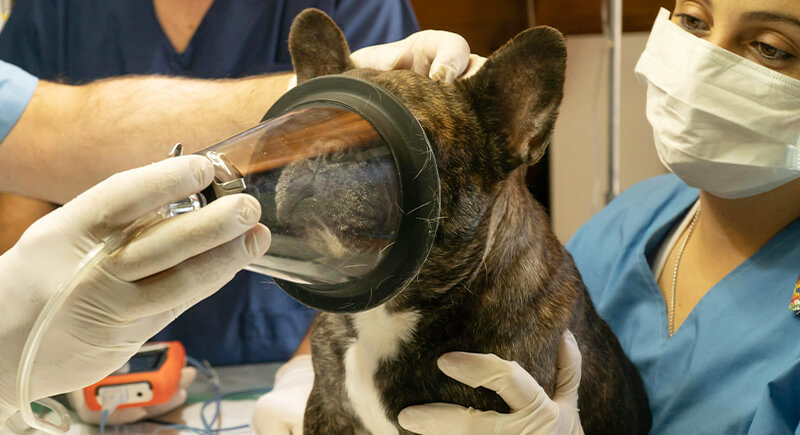
Credit: pexels
A quick vet check before your trip is a must. Some airlines won’t even let your dog board without up-to-date vaccination records or a signed health certificate. It’s also the perfect time to discuss specific advice tailored to your dog’s size, breed, and age.
Choose a Dog-Friendly Airline
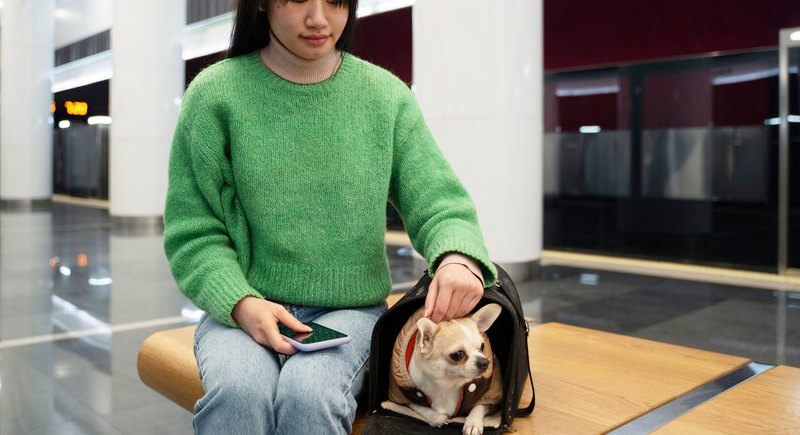
Credit: freepik
Not all airlines treat pets equally. If your dog is small enough, look for airlines that allow in-cabin pets or those with a strong track record for pet safety. Dig into real traveler reviews—not just the fine print. The more pet-aware the airline, the smoother your entire experience will be.
Book a Direct Flight When Possible
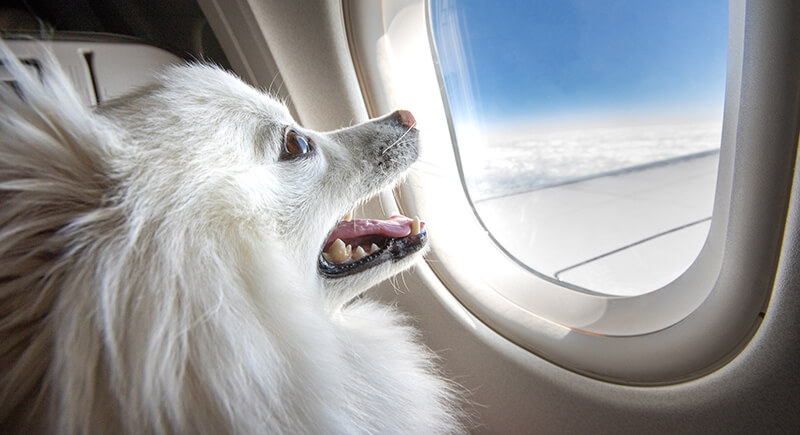
Credit: iStockphoto
More stops equate to more stress. Booking a direct flight trims down the travel chaos. It shortens the time your pup has to stay crated and minimizes the chances of luggage handlers getting separated. If a nonstop option exists—even if it’s a little more expensive—it’s usually worth it when your dog’s comfort and safety are part of the plan.
Crate Train in Advance
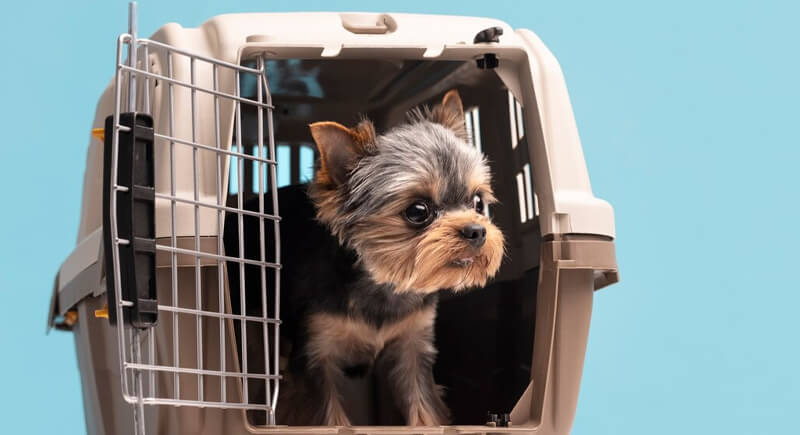
Credit: freepik
That crate is your dog’s home base in the sky. But if your pup only associates it with the vet or punishment, trouble’s brewing. Start weeks in advance. Add treats, toys, or an old T-shirt that smells like you. That way, they’ll be chilling in a familiar space when takeoff rolls around.
Pick the Right-Sized Carrier
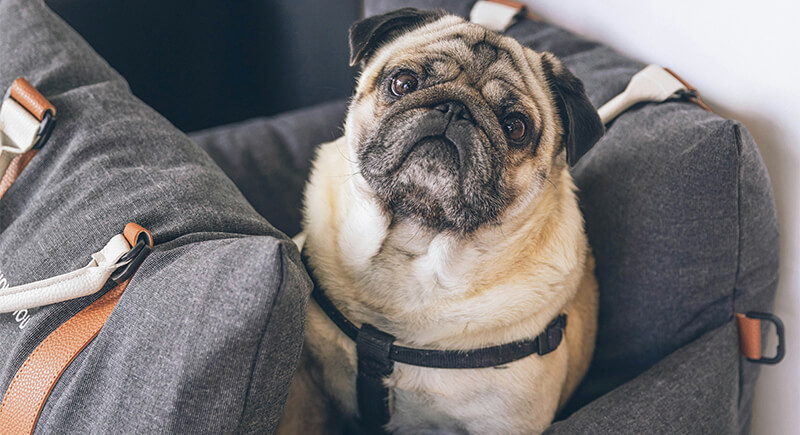
Credit: unsplash
Your dog’s carrier should be airline-approved and big enough to stand up, turn around, and lie down. It’ll be uncomfortable if it’s too small; if it’s too large, it might not fit under the seat. Let your dog explore it in advance so they don’t treat it like enemy territory when boarding begins.
Exercise Before Departure
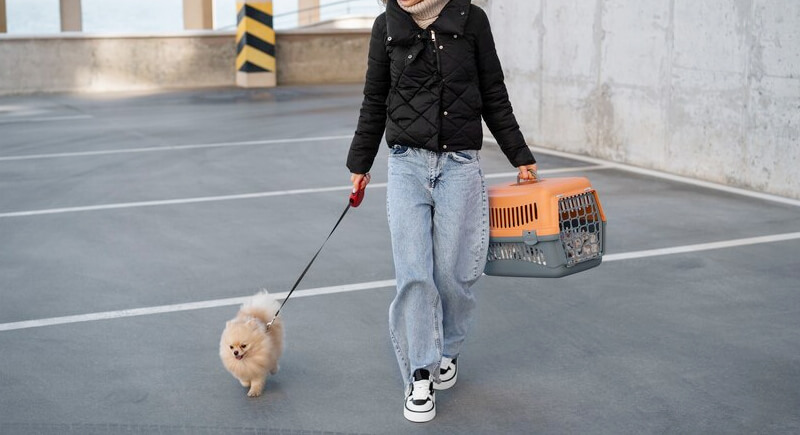
Credit: freepik
A long walk, a fetch session, or a run around the yard helps burn off extra energy and stimulates digestion, so your dog is more likely to go potty before heading to the airport. That’s one less thing to worry about when you’re stuck in a TSA line trying to hold onto your carry-on and a restless pup.
Skip the Full Stomach
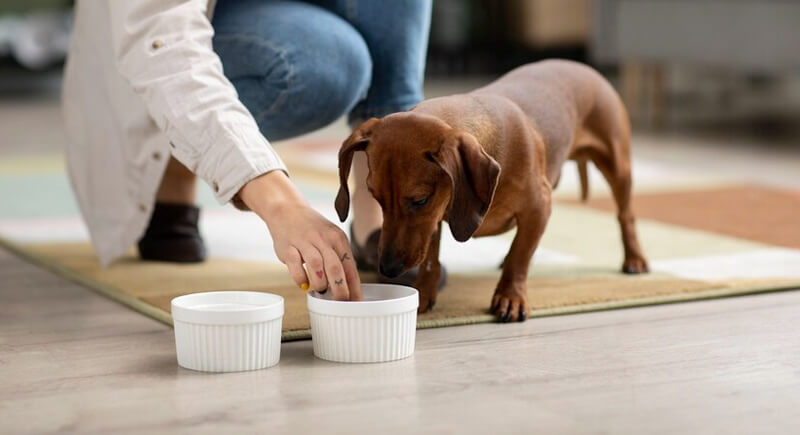
Credit: freepik
Feeding your dog right before a flight might sound kind, but it can lead to a literal bumpy ride. Dogs are prone to motion sickness like humans, and a full belly plus turbulence isn’t a great combo. Experts recommend feeding 4–6 hours before takeoff. A light tummy means a smoother, safer trip for everyone onboard.
Choose an Aisle Seat for More Space
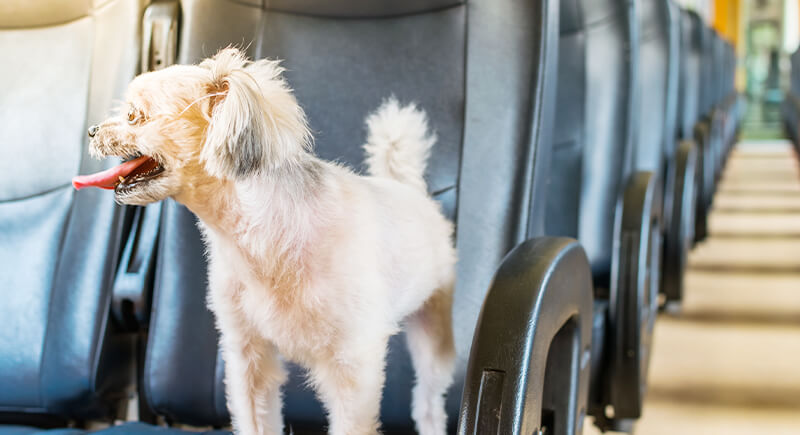
Credit: iStockphoto
If you choose an aisle seat, you’ll have quicker access to your carry-on, easier reach to check on your pup, and more wiggle room for little adjustments mid-flight. Bonus: there will be fewer awkward gymnastics if your dog needs a quick calming rub. Aisle seats also make post-landing exits smoother, which your dog will appreciate after hours in a crate.
Use Calming Sprays or Pheromone Products
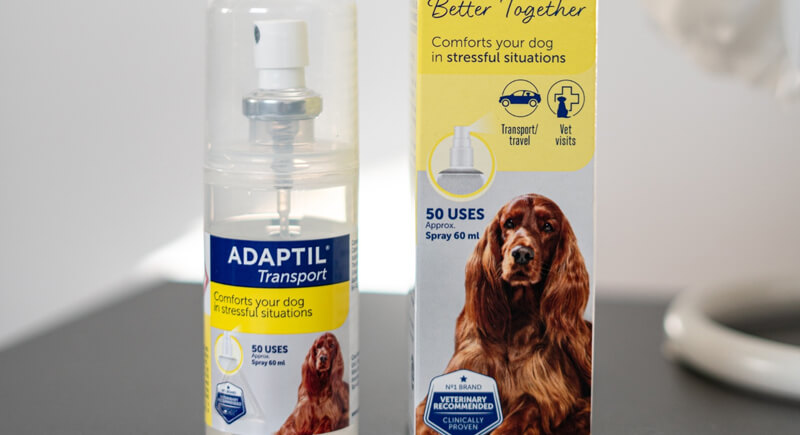
Credit: Facebook
Dogs rely on scent to make sense of the world, so using that to your advantage makes total sense. Calming sprays mimic the natural pheromones a mother dog gives off to soothe her puppies. Spray a little on your dog’s blanket or carrier about 15 minutes before boarding.
Avoid Sedatives Unless Necessary
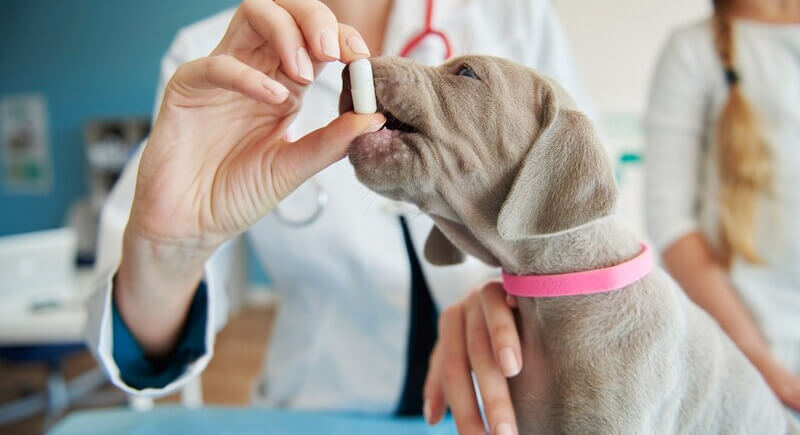
Credit: freepik
Sedating your dog before a flight might seem like a quick fix, but most vets strongly advise against it. Sedatives can mess with heart rate, breathing, and body temperature, which is especially dangerous at high altitudes. If your dog struggles with anxiety, ask your vet about safer alternatives. A relaxed dog is the goal, but safety comes first.
Use a Harness Instead of a Collar
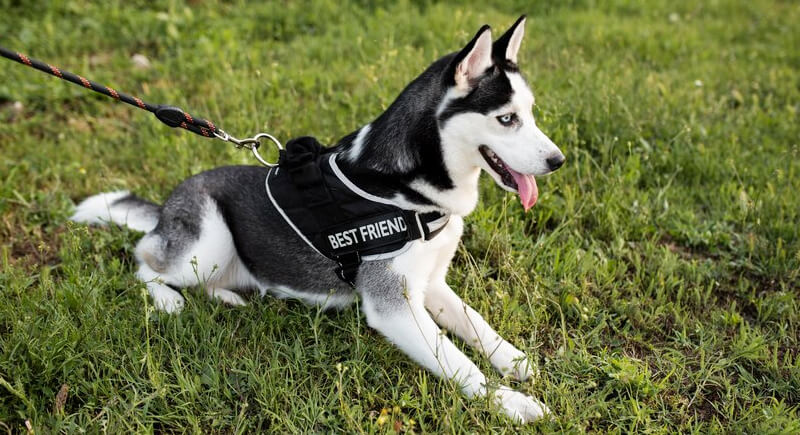
Credit: freepik
A harness is safer than a collar when flying with your dog. Airports are full of distractions—loud noises, new smells, and unexpected crowds. A collar could slip right off if your dog spooks and pulls back. A well-fitted harness keeps you in control and reduces strain on the neck.
Tag and Microchip Your Dog
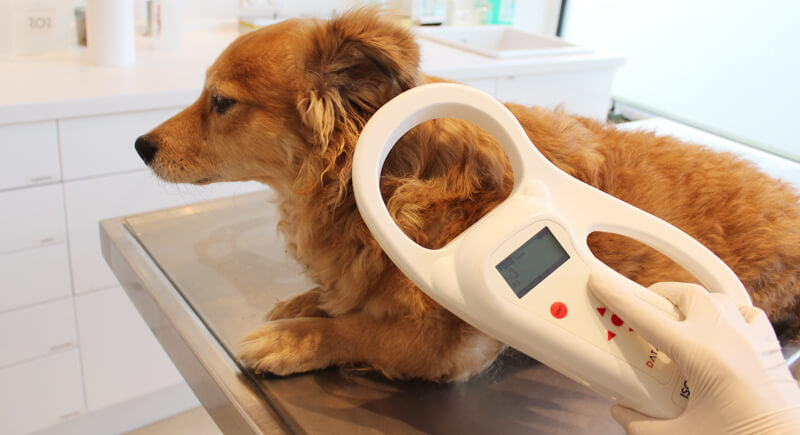
Credit: Wikimedia Commons
If your dog ever gets loose at the airport, ID tags and a microchip are your best shot at a quick reunion. A tag with your name, phone number, and travel destination gives someone immediate information. But tags can fall off—that’s where the microchip comes in. It’s a tiny chip placed under the skin and linked to your contact information.
Bring Chews or Puzzle Toys
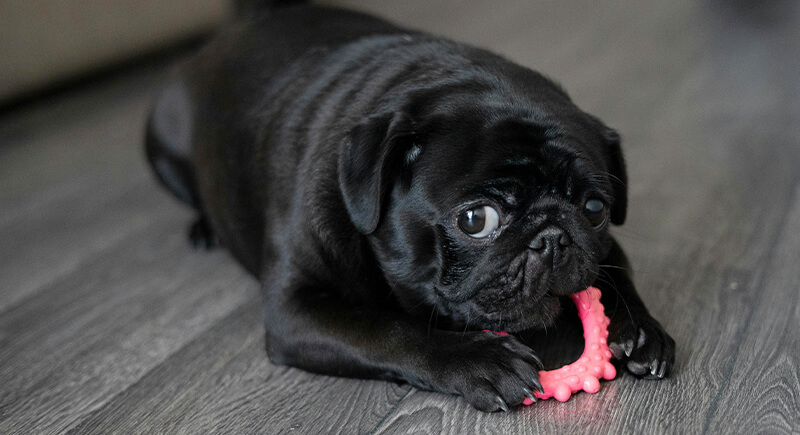
Credit: pexels
Long flights get boring for dogs, so pack a chew or puzzle toy to keep their brain working and nerves at bay. Look for something durable (no squeakers!) that doesn’t make a mess. Chewing also releases feel-good chemicals in a dog’s brain, like a built-in stress relief system.
Use a Travel Water Bottle or Spill-Proof Bowl
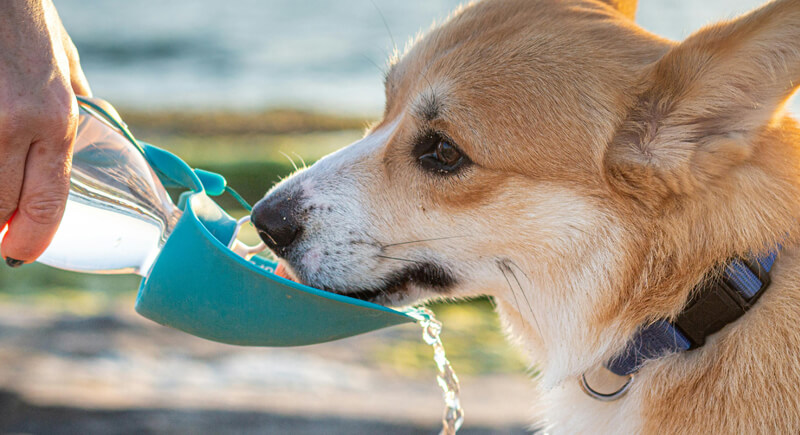
Credit: pexels
Cabin air is dry, so keeping your dog hydrated during the flight is essential. A travel water bottle with a built-in bowl or a spill-proof dish makes this super easy without risking a soggy carrier. Dogs lose moisture faster through panting, and flying can increase anxiety, so hydration matters.
Keep Calm—They’ll Mirror You
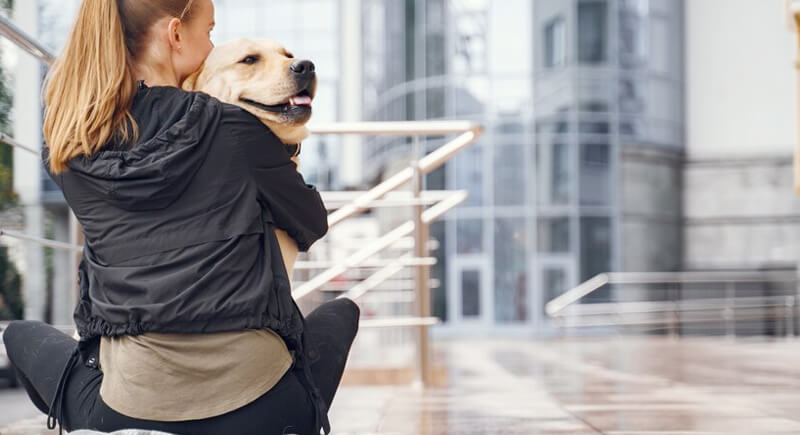
Credit: freepik
Dogs are emotional sponges. If you’re pacing and panicking at the gate, your dog will sense it and tense up. Conversely, staying calm and easygoing will make them more likely to chill out. A human telling a dog, “Hey, we’ve got this,” is often way more effective than any travel gear.